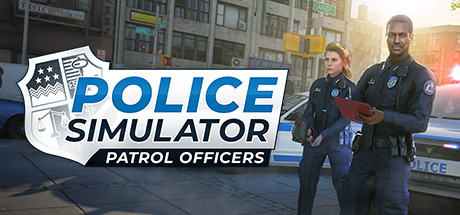How to Fix Police Simulator: Patrol Officers PC Performance Issues, Lag, Low FPS
Before diving into the world of Police Simulator: Patrol Officers, make sure your PC can handle it. Here’s a quick rundown of the minimum specs you’ll need:
- Operating System: Needs to be Windows 10 64-bit.
- Processor: Intel® Core™ i3-2120 or something more recent.
- Memory: At least 8 GB of RAM.
- Graphics: NVIDIA GeForce GTX 760 with 2 GB VRAM or better.
- Internet: A steady broadband connection.
- Storage: Make sure you have at least 12 GB free.
Got Performance Issues? Here’s How to Boost FPS
If Police Simulator: Patrol Officers is giving you a hard time with lag or low FPS, you’re not alone. Here are some tricks to smooth things out:
- Kill Background Noise: Use a tool like CCleaner to shut down those resource hogs running in the background. Or use built-in tools like Disk Cleanup:
Press Win + R to open the Run dialog.
Type ‘cleanmgr’ and press Enter.
Select your main drive (usually C:) and press OK.
Check the boxes for the types of files you want to delete, including Temporary Files and Thumbnails, then click OK to clean.
- Priority Pass: Give Police Simulator the VIP treatment in Task Manager. Launch it, hit ‘Details,’ find the game and set its priority to ‘High.’
- Fullscreen for the Win: Lock it to fullscreen mode. Why? Full control, no distractions, and all the power focused on your game. To switch to fullscreen:
Open the game’s settings or options menu.
Look for the display settings.
Select ‘Fullscreen’ as the display mode.
Update Those Drivers
An old driver is like last season’s sneakers – not as slick. Update them for an instant performance boost.
Graphics cards come with their control panels that allow you to tweak settings for optimal performance.
- NVIDIA Users: Open the NVIDIA Control Panel by right-clicking on your desktop. Navigate to ‘Manage 3D Settings,’ then adjust for performance. For instance, set ‘Power management mode’ to ‘Prefer maximum performance.’ Updating your drivers regularly can also help maximize performance. Check NVIDIA’s website or use the GeForce Experience app to keep your drivers up to date.
- AMD Users: Right-click on your desktop and select AMD Radeon Settings. Go to ‘Gaming’ and then ‘Global Settings.’ Adjust features like Anti-Aliasing and Anisotropic Filtering by setting them to use application settings. Ensure ‘Texture Filtering Quality’ is set to ‘Performance.’ Regular driver updates from AMD’s website are crucial for maintaining optimal performance.
Upgrade Alley
If you’re still finding performance lacking, it might be time to consider hardware upgrades. SSDs (Solid State Drives) offer faster read and write speeds compared to traditional HDDs, which can drastically reduce game load times. Adding more RAM can also help, especially if you multitask or play very demanding games.
Cool Running
- Stay Chill: Keep your system cool to avoid performance throttling. Clean those vents, avoid soft surfaces, and maybe invest in a cooling stand… it’s like giving your PC a nice, cool lemonade on a hot day…




